Survey Finds Most Organizations Not Prepared for Workforce Disruption
The big question for 2020 and beyond:
Have organizations built an agile and resilient workforce strategy that endures disruption and change?
Rarely in history have organizations across the world been faced with such widespread, long-lasting disruption as a result of a pandemic at precisely the same time. As organizations navigate fluctuating working arrangements and operating models, many are looking to transform their workforce strategy to stabilize, recover and ultimately achieve resilience.
Before the pandemic, Rival, formerly SilkRoad Technology partnered with Human Capital Media Research Group – the research arm of Workforce, to conduct a survey to identify where organizations were on their path to drive workforce transformation to endure disruption. These findings and their implications are more relevant today as workforce transformation and disruption are at the forefront of every leader of every organization.
Workforce transformation is a broad term with many applications. For our purposes, we’ll leverage the following definition from Booz Allen Hamilton: “Workforce transformation is about creating the ability and agility of an organization to work in fundamentally different ways.”
During normal times, most organizations experience some level of disruption. Our survey found that nearly 90% of respondents reported facing disruption. 10% of respondents said their organization wasn’t disrupted and didn’t anticipate that it would be in the future. Before the pandemic, most organizations cited disruption coming from changes in technology, their competitive landscape, labor force or industry.
Then the world changed.

Even before COVID-19 hit, 92% of companies thought their business models would need to change given digitalization. Despite herculean efforts and significant accomplishments at many businesses, the pandemic has brought into sharp relief how vulnerable companies really are.
McKinsey
Disruption requires different approaches to workforce strategy.
Beyond the immediate needs to manage a hybrid working model, organizations need to identify strategies and working models that allow them to work in fundamentally different ways. Organizations should consider:
- What work is crucial to the business?
- Who does this work, and what skills does it require?
- Where is this work done?
These questions should be considered not only in terms of maintaining business operations today but also with future business models and opportunities in mind that would result in competitive advantages, innovations and improvement in speed to market.
Only 5 % of organizations had implemented workforce transformation that would prepare them to address disruption.
Supporting employees through transformation and change
To enact effective change and meaningful workforce transformation, organizations need to support employees through these transitions. Whether organizations need to hire employees to fill critical roles or reskill employees and redeploy them, organizations need to enable, align and engage employees with context and precision. This level of support will enhance employee contribution and drive retention.
An organization’s resiliency rests on its ability to design work and align talent and resources to innovate and penetrate markets with products or services that meet the demands of the market and consumer preferences faster and better than others. Organizations can only do this if they have a workforce strategy and foundation that provides the agility to adapt and endure change.
By acknowledging disruption is happening, aligning transformation efforts to organizational outcomes, and developing and supporting current employees, organizations will not only be able to endure change but accelerate productivity, drive revenue performance and mitigate risk.
To read the full report, download How Organizations Can Achieve Resilience Amidst Disruption.



















